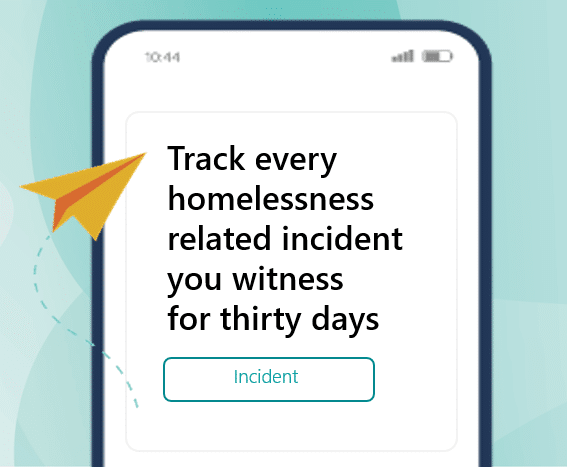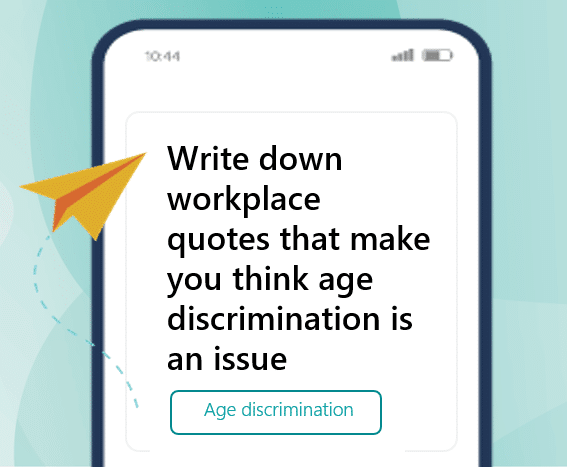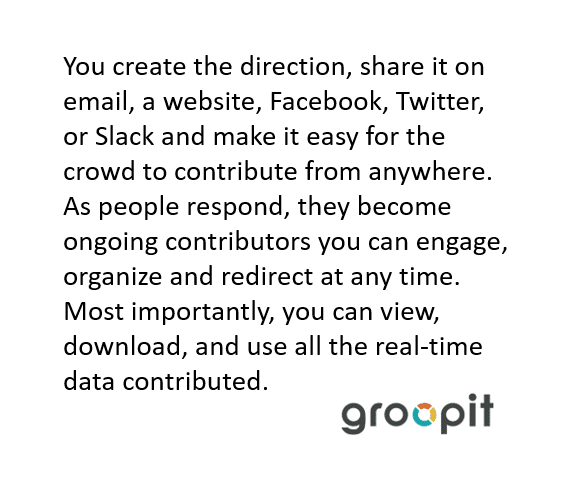Avoid the three areas extended teams break down and lead your team to victory.
Imagine you are the coach of your favorite football team and the big game is about to begin. Now picture that instead of being out on the field and seeing the game in real-time like you usually would, you are stuck in the locker room. You get a steady stream of statistics but you only get updates from your coaching staff once a quarter. You don’t have visibility into what players are doing, what the competition is doing, aren’t aware of what others are seeing, and can’t make play-by-play decisions.
Sounds ineffective, right? That’s essentially how business leaders are operating today. Your ‘players’ are your extended team of employees. You watch the game by looking at a steady stream of sales and systems data. You want human insight into what’s happening, so you gather information through shared spreadsheets, surveys, emails, and meetings. But, you’re operating without real-time human insights from the extended team and miss countless opportunities to make game-time adjustments. You need to get to the end zone faster.
Winning in business is especially hard when people have to work across boundaries – across departments, functions, locations, and organizations. Extended teams have a multitude of dependent and independent decision-makers. They tackle multiple issues simultaneously, at all levels, over an extended period of time. People step up at unpredictable moments and in unpredictable ways to drive progress.
Just like a football team, extended teams need to work together in order to win but that is extremely hard to do when they lack real-time data, real-time visibility and real-time direction. These are the three primary reasons why extended teams break down:
- Lack of real-time data. Gathering information from an extended team is a slow process when it’s done through email, channels, and conversations, which yield unstructured, inconsistent information that takes time to transform into meaningful data. Surveys and pulsing mechanisms collect information retroactively, causing people to recollect what happened after-the-fact and yielding less accurate data. Shared spreadsheets are used to capture data on demand, but they are largely neglected and unsecured. As a result, leaders often struggle to gather essential data like frontline accounts of progress and problems. When there is a lack of real-time data from the extended team, progress breaks down.
- Lack of real-time visibility. Extended team members are asked to contribute information, but are often kept in the dark. This happens when information is gathered from the extended team, prioritized, filtered, and shared through periodic mass updates. The extended team is deprived of specific and real-time visibility to issues they could act on or progress they could encourage. Lack of visibility also happens when the extended team sees information in streams of unstructured emails, channels, and conversation threads. It takes time for each person to read and discover the important information buried within sentences. When extended team members lack visibility, they lose the opportunity to step up. Team members miss chances to tackle a specific issue, invent a new process, create a new strategy, evolve their understanding, or revisit a decision. In order for extended teams to function effectively, members need to step up in unpredictable ways and at unpredictable times. When team members lack real-time visibility, progress grinds to a halt.
- Lack of real-time direction. As problems change, extended team member contributions need to adjust accordingly. With traditional systems, direction is typically sent through email where it gets lost or forgotten. Call-to-actions are posted, and old directions continue to be followed when they are no longer relevant. When leaders do not have the ability to direct and redirect instantaneously, progress breaks down.
The world is changing fast and so are the nuances of the problems we need to solve. Traditional tools and methods slow down extended teams, leading to breakdowns and failed initiatives. In order to accelerate results, extended teams need the capacity to understand, act, and adapt in a fast-changing environment. Leaders need to set everyone up to make progress fast. New technology solutions are needed to make this possible.
If you’d like to learn more about how Groopit can help your business or organization, please don’t hesitate to reach out to me here or via email at tammy@groopit.co.





